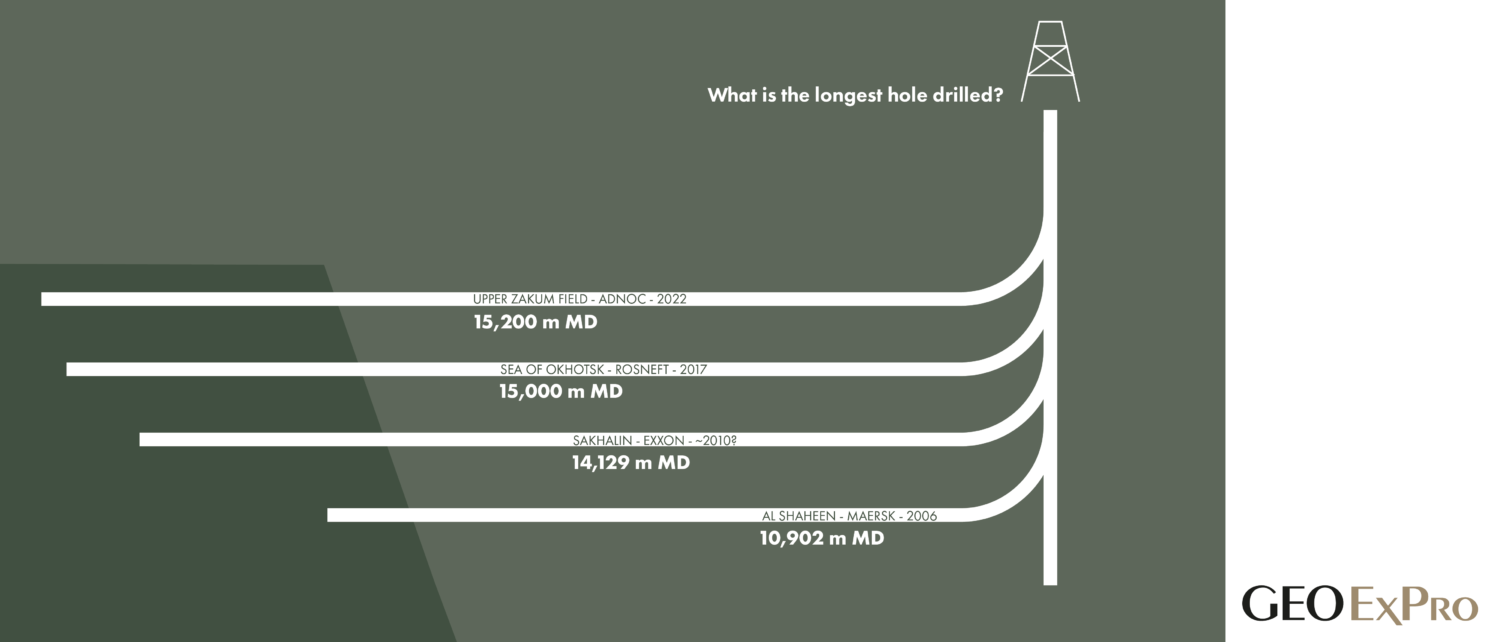With an oil column of around 50 m in weathered and fractured granitic basement, the Rolvsnes production test Lundin Energy now embarked on through the horizontal section drilled in well 16/1-28 will not only be closely followed in Norway, but also by people having an involvement in Hurricane’s Lancaster development West of Shetland (UKCS).
Oil in fractured and weathered basement of the Rolvsnes target was first proven through drilling well 16/1-12 in 2009. Wells 16/1-25S and 16/1-28 also resulted in positive indications of oil being hosted in basement.
However, not all basement penetrations in the Utsira High area were successful in testing oil. Of the 13 wells in the southern part of the Utsira High, only three proved basement with reasonable bulk reservoir properties – be it of fractured or weathered nature (see this publication).
Given the difference in reservoir characteristics of the basement rocks, the oil pool in Rolvsnes seems to be delineated in the south by a change from weathered to tight basement. In the north, the field shares a contact with Edvard Grieg, but in the latter the oil is mostly found in Jurassic sandstones – see cross-section below.

Uncertainties
According to Lundin, the resource estimate for Rolvsnes is estimated to be between 14 and 78 MMboe. A wide range, which indicates the uncertainty associated with production from basement reservoirs. As this article on geo.365 further illustrates, there is significant uncertainty with regards to water breakthrough as well as aquifer support. These factors prevent a full-scale development, even though the 16/1-28 well was already tested at 3,000 barrels/day in 2018.
Rolvsnes and Lancaster
There is one company operating in the UKCS that is now very aware of the uncertainties related to oil production from fractured reservoir. As we reported on extensively, Hurricane has had to significantly adjust its reserves for the Lancaster field – which is also undergoing an extended well test – over the last year following early water breakthrough and subsequent change of the postulated OWC.
However, the big difference between the test that is now taking place in Norway and what is happening at the Lancaster field is that the Rolvsnes well is to demonstrate that the field could potentially be developed as a full tie-back to Edvard Greig and sustain its plateau production, whilst the Lancaster field is a development on its own without the “support” from nearby fields.
Also, the placement of the horizontal sections in Lancaster was probably too deep given the much deeper OWC initially used in the early stages of field development – and securing of investment funds. Lundin and partner OMW (20%) probably drilled the horizontal section of 16/1-28 much closer to the top of the closure in an attempt to reduce the chances of early water breakthrough.
HENK KOMBRINK




